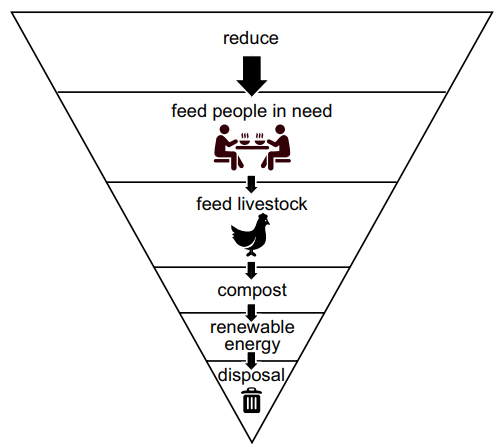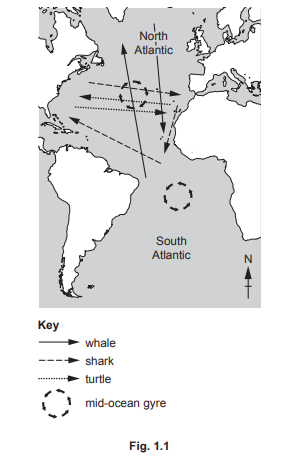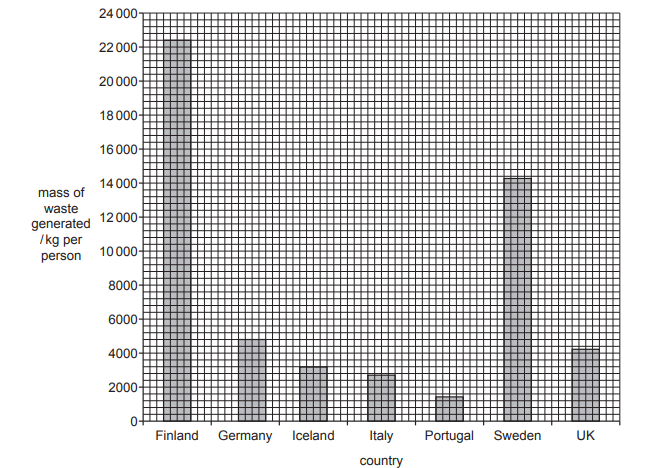Fig. 2.1 shows the mass of waste generated per person in seven countries in Europe in 2016.
(i) The average mass of waste generated per person in Europe is 5000kg.
State the number of the countries shown in Fig. 2.1 that generated more than this value.
[1]
(ii) A report stated that in 2016 Germany recycled 65% and Finland recycled 40% of the waste they generated.
Use Fig. 2.1 to calculate:
• the mass of waste recycled in Germany in 2016
......................................... kg per person
• the mass of waste not recycled in Finland in 2016.
......................................... kg per person
[2]
(iii) State two strategies to increase the percentage of waste that is recycled in a country.
[2]
(iv) Incineration is used to dispose of waste.
Suggest benefits and negative impacts of waste incineration.
benefits
negative impacts
[4]
(v) In 2019, more than 1.8 million tonnes of plastic waste were exported from Europe as a waste disposal strategy. Most of this plastic waste went to China and Hong Kong.
Evaluate the impacts of this waste disposal strategy.
[4]


